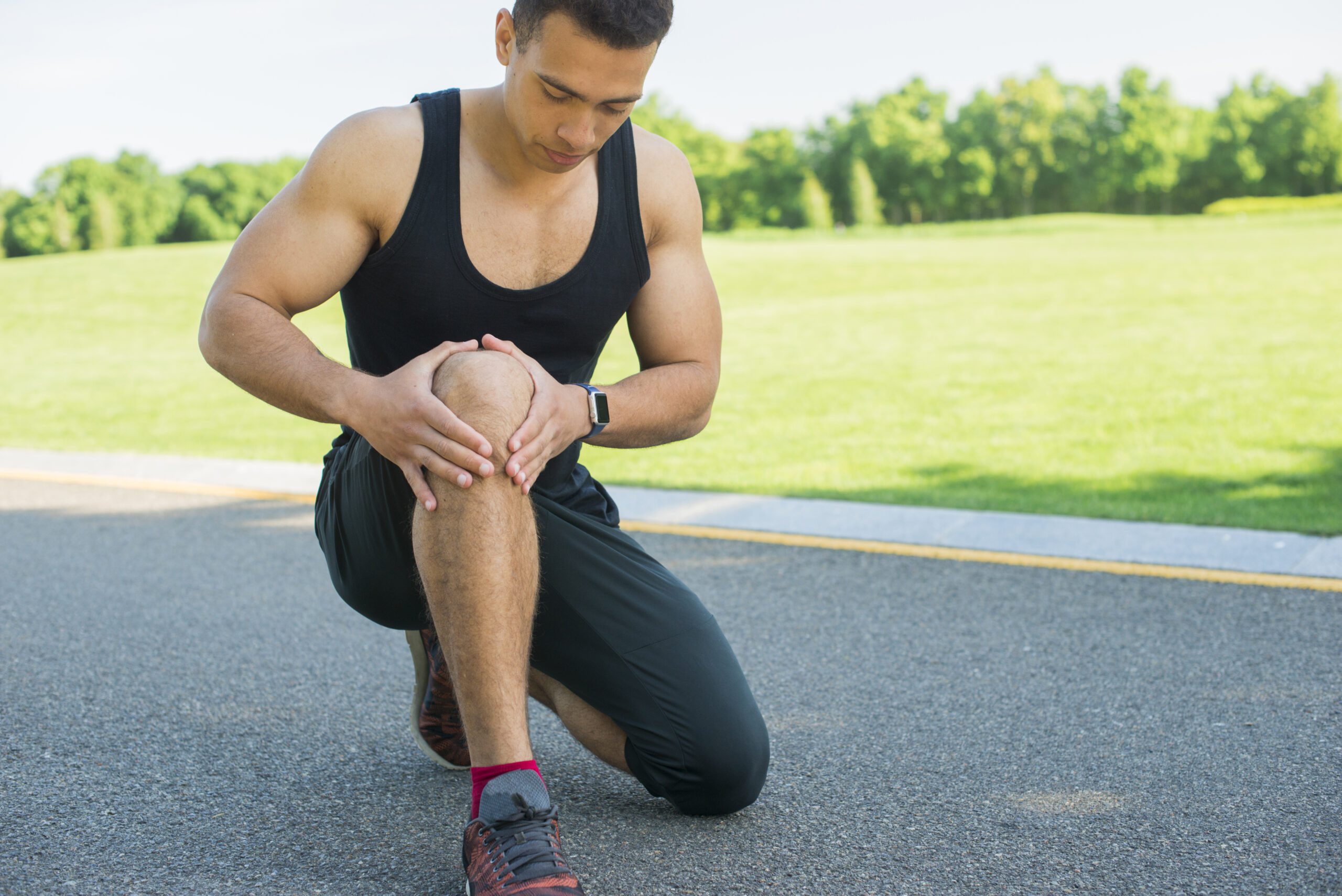Injuries in Sports: This paper will explain the preventative measures, the healing process and the rehabilitation of those affected by this disorder.
Exercise has many advantages and this could be obtained through participation in sports. However, they fall under the category of experienced risks, which means that there is always a probability of the workers getting injuries. Understanding of how such injuries can be prevented, managed and how the athlete can get back to sports after an injury is crucial especially to athletes.
Preventing sports injuries involves proper preparation and precautions:Preventing sports injuries involves proper preparation and precautions:
1. Warm-Up and Cool Down: A specific suggestion that can be given is that in order to be more flexible and increase blood flow to muscles, one must always warm up before activities. Winers have it that exercising leaves the muscles tight and taking a break and coming back to the exercise with music aids in the relaxation of the tight muscles and general loosening up.
2. Use Proper Equipment: Make sure that you are wearing the right protective gear, quality items like helmet, pads, boots etc should fit properly and be well polished.
3. Correct Training and Technique: Consult the coach on right techniques to avoid straining your self unnecessarily. Gradually increase the intensity of training so as not to break down the body’s resistance.
4. Strength and Conditioning: Exercise helps in the strengthening of muscles as well as the improvement of flexibility and stamina. The physical activities that improve balance can reduce ones risk of falling.
5. Rest and Recovery: As much as possible, allow for rest, if you practice too much, your body becomes so tired thus leading to practice injuries. It is recommended that you incorporate rest days in the training roster of your staff Treatment
If an injury occurs, prompt treatment is essential:If an injury occurs, prompt treatment is essential:
1. R. I. C. E. Method: For injuries such as sprain and strains, follow the RICE technique which is, Rest, Ice therapy, Compression, and Elevation. It is therefore recommended to Rest to prevent further injury, Icing to decrease inflammation, Compounding to minimize inflammation and Elevation to reduce The pain.
2. Seek Medical Help: For severe conditions, it is recommended that the client see a doctor for proper examination and treatment and this may involve the prescription of drugs, physiotherapy or operation.
3. Physical Therapy: This is some beneficial information about a physical therapist that can help recommend particular methods of exercise to get back strength and enhance flexibility. They also teach ways and means as to how pain and further mishaps can be averted.
4. Medication: An example is standard pain medicine that may be purchased over the counter without a prescription such as ibuprofens for relieving pain accompanied by inflammation. For severe pain, a doctor might prescribe stronger medicine; this is so because when the pain is severe the affected individual is uncomfortable.
The recovery phase is crucial for returning to sports safely:Therefore, successfully getting back into sports and ensuring that the body is in the best state possible needs the evaluation phase:
1. Follow Medical Advice: Avoid the change of the prescribed therapies by healthcare practitioners. Going for a recovery too quickly can lead to more harm.
2. Rehabilitation Exercises: Engage in exercises that have been advised by your physical therapist so as to gain strength as well as flexibility. Make sure they are doing it correctly first time and always try to advance to the next level.
3. Gradual Return to Activity: This means that you have to commit yourself to lifting lighter bullets initially and then progress to a higher level as the muscles as well as confidence level climbs.
4. Monitor for Reinjury: Control your pain or discomfort resolution activities. If the symptoms come back it may be due to again that the person must rest or the need to change the exercise routine.
5. Mental Recovery: Thus, the message I am conveying is – Yes, for recovery emotional support is vital. The management of frustration or the mere fear of getting reinjured is very important. Supports or counseling can be of help here.
To sum up, sports injuries can be often observed, however, individuals who get injured should follow the three prompt steps toward prevention: treatment and cautious plan of rehabilitation. Knowledge of one’s own tolerance and compliance with the requirements related to the recovery process will allow for the subsequent participation in sport with improved endurance.

